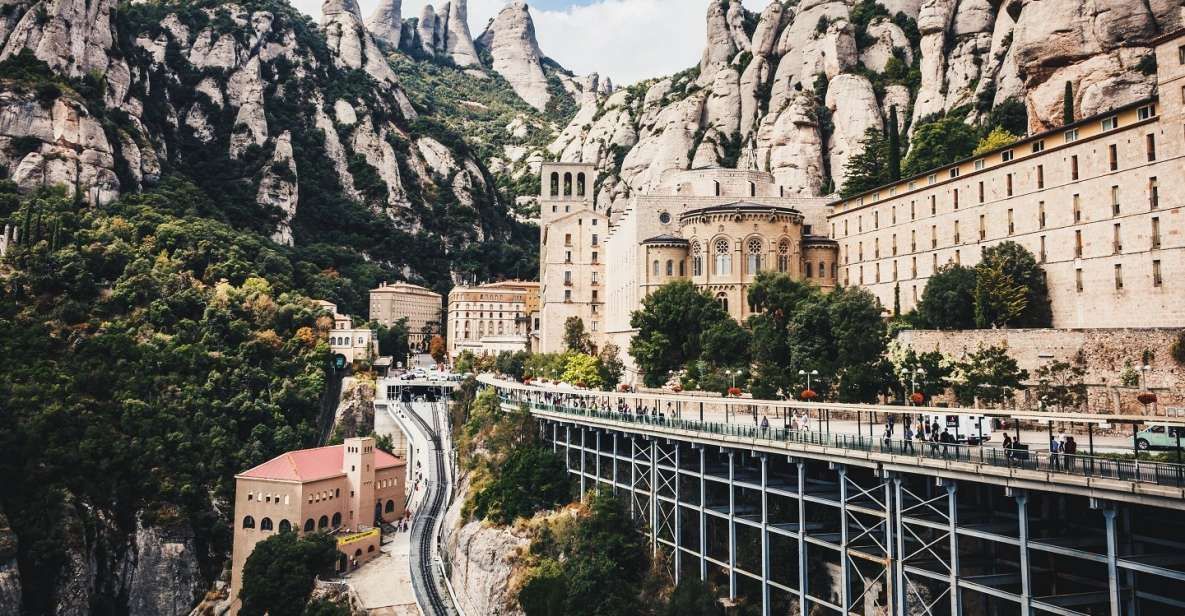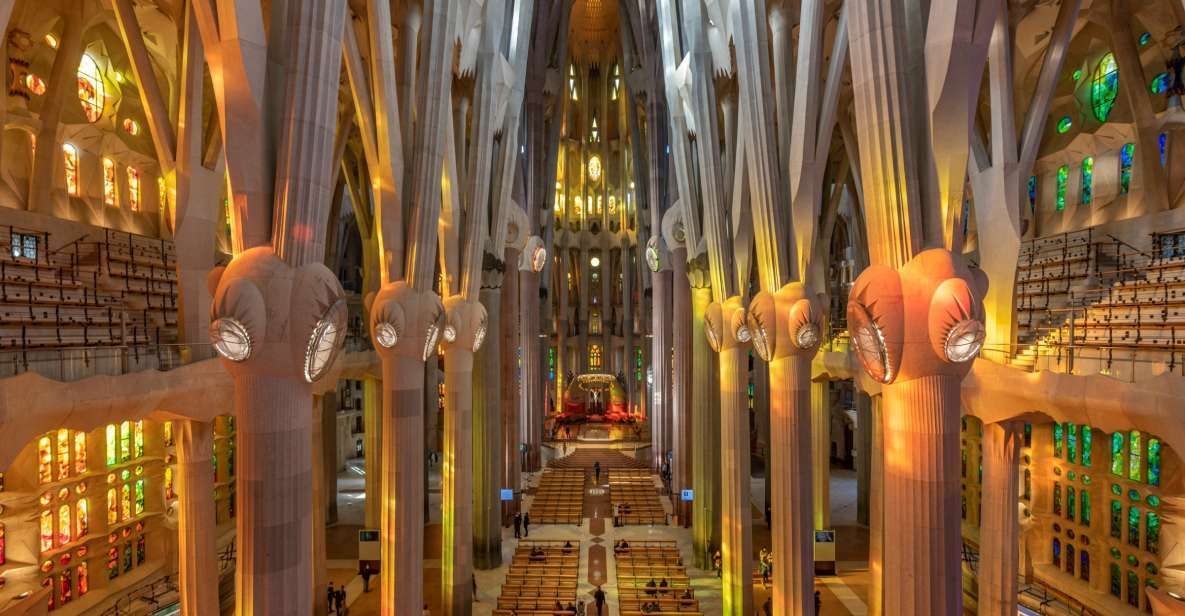
#TMp - Hashtag Travel Marketplace
🌆 Explore Cities & Regions In Tunisia
How to Experience Tunisia: Top Destinations and Reasons to Go
Tunisia, a North African gem, blends Mediterranean beaches, desert landscapes, ancient ruins, and rich cultural heritage. Known for its vibrant history and diverse attractions, Tunisia offers a plethora of experiences for travelers seeking adventure, relaxation, and cultural immersion. This guide will help you uncover hidden gems, explore top attractions, and dive into the rich cultural tapestry of Tunisia.
Hidden Gems and Top Attractions
El Djem Amphitheatre
One of the largest and best-preserved Roman amphitheatres in the world, El Djem is a UNESCO World Heritage site. This massive structure, reminiscent of Rome’s Colosseum, once hosted gladiatorial contests and other spectacles. Today, it stands as a testament to Tunisia’s Roman heritage and offers visitors a glimpse into the ancient world.
Sidi Bou Said
A picturesque village perched on a cliff overlooking the Mediterranean, Sidi Bou Said is famous for its whitewashed buildings with blue doors and window frames. The narrow, cobblestone streets are lined with art galleries, cafes, and shops selling traditional crafts. The enchanting views and vibrant atmosphere make it a perfect spot for a leisurely afternoon.
Medina of Tunis
The Medina of Tunis, a UNESCO World Heritage site, is a labyrinth of narrow streets, bustling souks, and historic buildings. The medina is home to the Zitouna Mosque, the oldest in the city, and the Dar Ben Abdallah museum, showcasing traditional Tunisian life. Exploring the medina offers a deep dive into Tunisia’s rich history and culture.
Matmata
Famous for its troglodyte dwellings, Matmata is a unique destination where many homes are built underground to escape the heat. These cave houses, some of which are still inhabited, provide a fascinating insight into traditional Berber architecture. Matmata gained international fame as a filming location for the Star Wars series.
Kairouan
Kairouan, one of the holiest cities in Islam, is renowned for its stunning architecture and rich history. The Great Mosque of Kairouan, with its massive courtyard and impressive minaret, is a masterpiece of Islamic architecture. The city is also famous for its traditional carpets and bustling markets.
Things to Do and Guided Tours
Desert Adventures in the Sahara
Tunisia’s Sahara Desert offers an array of thrilling activities, from camel treks to 4x4 excursions. Guided tours take you deep into the desert, where you can experience the breathtaking beauty of the dunes, visit traditional Berber villages, and camp under the stars. Douz, known as the "Gateway to the Sahara," is a popular starting point for these adventures.
Exploring Ancient Carthage
The ancient city of Carthage, a UNESCO World Heritage site, was once the heart of the Carthaginian Empire. Today, the ruins of Carthage offer a fascinating glimpse into the past, with highlights including the Antonine Baths, the Roman Theatre, and the Punic Ports. Guided tours provide historical context and bring the ancient ruins to life.
Beach Getaways in Hammamet
Hammamet, located on the Cap Bon Peninsula, is famous for its stunning beaches and crystal-clear waters. It’s a popular destination for water sports, including windsurfing, jet-skiing, and scuba diving. The town’s medina, with its charming white and blue houses, is also worth exploring.
Visiting the Bardo Museum
The Bardo Museum in Tunis is one of the most important museums in North Africa, housing an extensive collection of Roman mosaics, Islamic art, and artifacts from Tunisia’s rich history. A guided tour of the museum provides insight into the country’s diverse cultural heritage.
Thermal Baths in Korbous
Korbous, a small town located on the Cap Bon Peninsula, is known for its thermal springs. The hot, mineral-rich waters have been used for their therapeutic properties since Roman times. A visit to Korbous offers relaxation and rejuvenation in a scenic setting.
The Best Time to Visit
Spring (March to May)
Spring is one of the best times to visit Tunisia, with pleasant temperatures and blooming landscapes. This season is ideal for exploring historical sites, enjoying outdoor activities, and experiencing local festivals.
Autumn (September to November)
Autumn is another excellent time to visit, with mild weather and fewer tourists. The Mediterranean Sea remains warm, making it a great time for beach activities. Autumn also brings the olive harvest, providing a unique cultural experience.
Summer (June to August)
Summer in Tunisia can be very hot, especially in the interior and southern regions. However, the coastal areas are popular for beach holidays. If visiting in summer, it’s best to focus on coastal destinations like Hammamet, Sousse, and Djerba.
Winter (December to February)
Winter is the off-season in Tunisia, with cooler temperatures and occasional rain. However, it’s a good time to visit the desert regions, as the temperatures are more comfortable for exploring the Sahara.
Cities of Interest
Tunis
The capital city of Tunis is a vibrant metropolis that seamlessly blends old and new. The historic medina contrasts with the modern districts of the city. Key attractions include the Bardo Museum, the Zitouna Mosque, and the lively souks. The nearby ruins of Carthage and the picturesque village of Sidi Bou Said make excellent day trips.
Sousse
Sousse, known as the “Pearl of the Sahel,” is a coastal city with a rich history. The city’s medina, a UNESCO World Heritage site, is home to the Great Mosque and the Ribat, a fortress that once protected the city. Sousse’s beaches are also a major draw, offering opportunities for water sports and relaxation.
Monastir
Monastir, a coastal city with a fascinating history, is home to the impressive Ribat of Monastir, one of the oldest and most important Islamic fortresses in North Africa. The city’s marina and beaches make it a popular destination for boating and water activities. The Habib Bourguiba Mausoleum, dedicated to Tunisia’s first president, is another notable site.
Djerba
Djerba, an island off the southern coast of Tunisia, is known for its beautiful beaches, whitewashed buildings, and rich cultural heritage. The island’s main town, Houmt Souk, features bustling markets and the historic El Ghriba Synagogue. Djerba is also famous for its traditional crafts, including pottery and textiles.
What to Expect: Food, Nightlife, and Culture
Food
Tunisian cuisine is a flavorful fusion of Mediterranean, Berber, and Arab influences. Must-try dishes include:
- Couscous: The national dish, typically served with lamb, chicken, or fish, and a variety of vegetables.
- Brik: A popular street food, brik is a deep-fried pastry filled with egg, tuna, or meat.
- Harissa: A spicy chili paste that accompanies many dishes.
- Lablabi: A hearty chickpea soup flavored with garlic, cumin, and olive oil.
- Baklava: A sweet pastry made of layers of filo dough filled with nuts and honey.
Nightlife
Tunisia offers a diverse nightlife scene, from lively bars and clubs in the coastal resorts to traditional cafes in the medinas. In cities like Tunis and Sousse, you’ll find a mix of modern nightclubs, beach bars, and live music venues. Traditional performances of Arabic music and belly dancing can be enjoyed at cultural events and festivals.
Culture
Tunisia’s culture is a rich tapestry of influences from its Berber, Arab, and Mediterranean heritage. Key cultural experiences include:
- Festivals: Tunisia hosts numerous festivals throughout the year, celebrating everything from music and film to traditional crafts and olive harvesting.
- Traditional Crafts: Visiting local markets and workshops offers a chance to see artisans at work and purchase handmade pottery, textiles, and jewelry.
- Historical Sites: Exploring Tunisia’s ancient ruins, medinas, and Islamic architecture provides insight into the country’s diverse history and cultural heritage.
- Music and Dance: Traditional Tunisian music and dance are integral to the country’s cultural identity. Attending a performance of Malouf music or watching a traditional dance show offers a unique cultural experience.
Conclusion
Tunisia, with its stunning landscapes, rich history, and vibrant culture, offers an unforgettable travel experience. From the ancient ruins of Carthage to the picturesque village of Sidi Bou Said, Tunisia is a destination that captivates and enchants. Whether you're exploring the Sahara Desert, relaxing on the Mediterranean beaches, or immersing yourself in the bustling souks of Tunis, Tunisia promises a journey filled with adventure, discovery, and cultural richness. Plan your visit to uncover the best of this North African gem and create memories that will last a lifetime.
🎧 From Our AUDIO BLOG

Let's talk!
info@hashtagtmp.com
+27 76 100 7728
This website includes affiliate links. If you purchase through these links, we may earn a commission at no additional cost to you.

